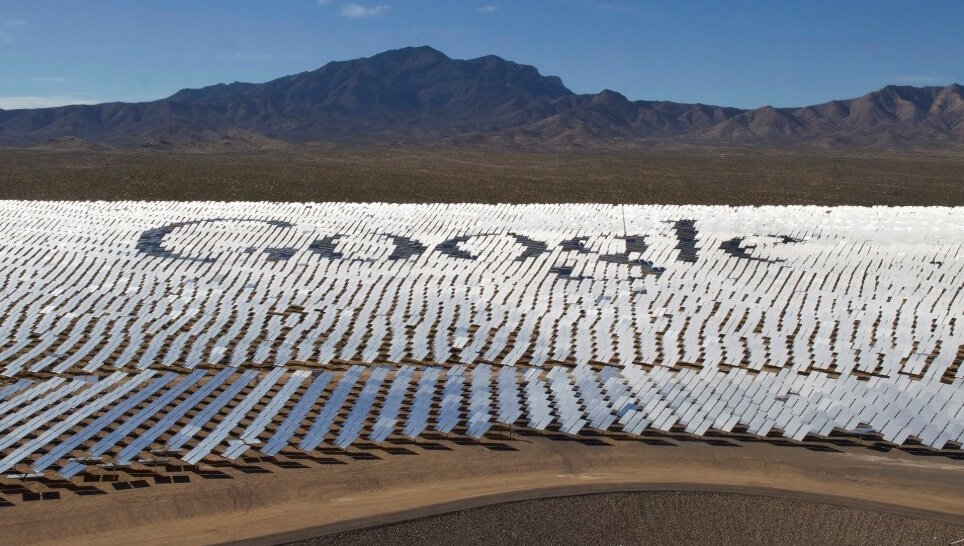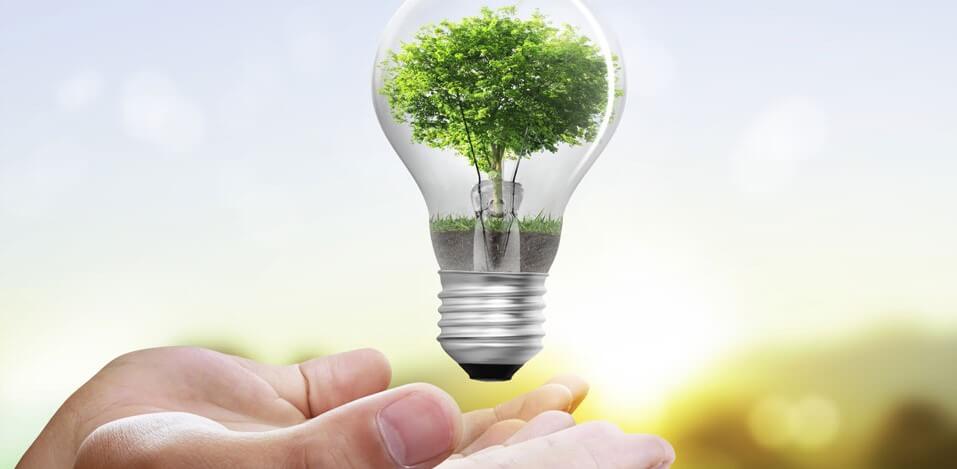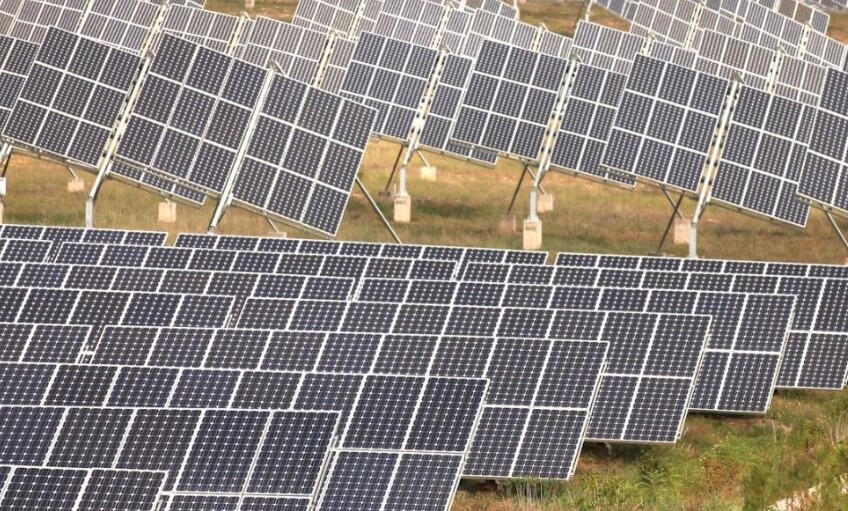Solar Power Tariffs to End
Solar power has been a huge success story in the UK, with one million homes and 1,000 schools taking some responsibility clean energy and climate action. June 2018 in the UK was one of the sunniest months on record and many of the 840,000-plus homes in the UK with solar panels, including 10,000 with battery storage, were able to entirely power their own homes and sell surplus to the national grid. On a summer’s day that month, solar power generated one-fifth of the country’s electricity for a few hours.
Feed-in tariff
Launched in 2010, the feed-in tariffs offered those generating up to 5 megawatts of electricity from renewables to be fed into the national grid, an additional tax-free export tariff, with costs covered by all consumers. The rate falling each year. For solar, the contract term was 25 years, with wind energy, hydropower, energy from biomass and anaerobic digestion the feed-in tariff eligibility was guaranteed for 20 years.
In relation to solar power the feed-in tariff has been a great success. Yet early in 2016, the UK government decided to drastically cut the feed-in tariff for new installations, which saw companies go out of business as the numbers of people coming forward to install solar panels plummeted.
Future plans
In April 2019, the feed-in tariff scheme will close entirely to newcomers and there are no signs that it will be replaced. There have been concerns raised that the government had not taken into consideration that the scheme was not solely about producing clean energy, but engaging individuals at a local level which had a cultural, political and social impact. Some have suggested the government had been influenced by fossil-fuel industries to end the scheme.
Falling costs
The falling costs of solar panels and other solar technologies such as household batteries and electric cars offers hope to solar companies, particularly with the advent of household batteries that stores solar energy throughout the day, which is then used at night, allowing people to use rather than export their solar electricity for which they would get one-third of the retail value.
The economies of scale for solar energy is also improving. The cost of solar panels has also fallen since 2010. When the feed-in tariffs began, a typical 4KW of solar panels cost between £12,000 and £14,000, which can now be bought for around £6,000 including the battery.




